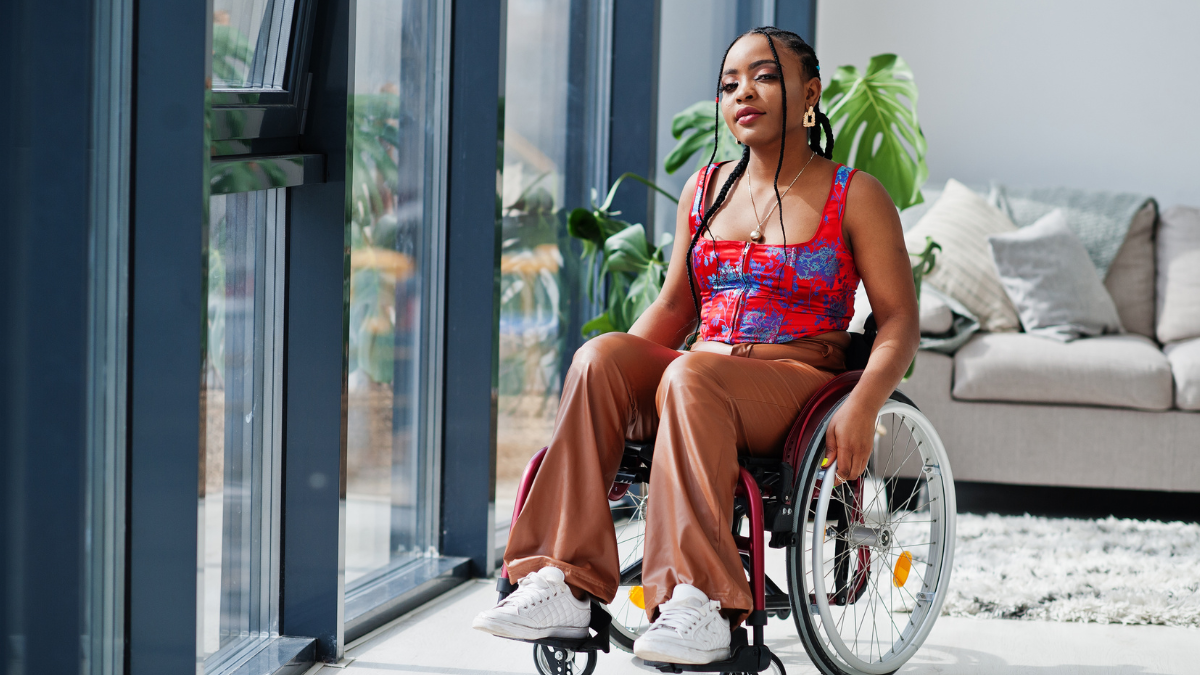As our understanding and appreciation of accessibility grows it’s clear that creating a wheelchair-friendly environment at home is a crucial part of fostering independence and ease of movement for wheelchair users. This article aims to provide you with practical and effective guidance on how to adapt your home to suit the mobility needs of wheelchair users. By addressing key areas from conducting an initial accessibility audit, to the importance of wheelchair-accessible vehicles, and specific home modifications, we hope to empower you with the knowledge needed to make your home as accessible as possible.
First Steps to a Wheelchair-Friendly Home: Conducting an Accessibility Audit
Before making any modifications, the first step towards creating a wheelchair-friendly home is conducting an accessibility audit. This involves a thorough examination of your home to identify potential barriers to mobility. Look at the width of doorways, the presence of steps or uneven surfaces, and the layout of rooms. It’s crucial to consider both the interior and exterior of your home, including access to and from wheelchair-accessible vehicles. Remember, the goal is to create a seamless flow of movement, enabling wheelchair users to navigate independently and comfortably throughout the property. Enlisting a professional for this audit can be extremely beneficial, as they can provide expert insights into potential improvements.
Driving Change: The Importance of Wheelchair Accessible Vehicles for Complete Home Accessibility
Home adaptations are vital for wheelchair users, but true independence often extends beyond the front door. Wheelchair accessible vehicles (WAVs) can play a crucial role in enabling wheelchair users to participate fully in community life, whether that’s attending social events, appointments, or simply running errands. With features like ramp access, lowered floors, and wheelchair tie-downs, these vehicles are designed to be as user-friendly as possible. If you’re considering a WAV, why not book yourself a free home demonstration? This allows you to experience the benefits firsthand, ensuring the vehicle meets your specific needs. Remember, a truly accessible home encompasses not just the home itself, but also how wheelchair users can comfortably and safely journey from home to the wider world.
Ramps and Lifts: Essential Exterior Modifications for Wheelchair Users
Exterior modifications are a key aspect of making a home wheelchair accessible. This often involves installing ramps and lifts to ensure easy access to and from the house and the driveway, where a wheelchair accessible vehicle may be parked. Ramps should have a gentle slope and be wide enough to accommodate a wheelchair comfortably. For entrances with multiple steps, a vertical platform lift may be a practical solution. These adaptations not only improve accessibility but also enhance safety, reducing the risk of accidents. Consideration should also be given to the materials used, ensuring they provide enough grip to prevent slipping in wet weather. Working with experienced professionals will ensure these modifications meet UK accessibility standards and are suitable for your specific needs.
Getting a Grip: Handrail and Grab Bar Installations for Enhanced Safety
Handrails and grab bars are often overlooked, but they’re crucial components in making a home wheelchair-friendly. These installations provide additional support and stability, particularly in areas where balance is critical such as stairways, corridors, and bathrooms. Handrails should be installed at an appropriate height on both sides of a staircase or corridor, while grab bars are essential near toilets, baths, and showers. Ensure these installations are robust and can safely bear weight. Additionally, they should be easily reachable from a seated position, with a non-slip surface for a firm grip. By strategically placing these features throughout your home, you can significantly enhance safety and facilitate easier mobility for wheelchair users.
Wheelchair Accessible Bathrooms: Modifications for Independence and Safety
Making a bathroom wheelchair accessible is about prioritising both independence and safety. Key modifications include widening doorways for easy wheelchair access, installing a roll-in shower with a seat, and ensuring toilets are at a wheelchair-accessible height with grab bars nearby. Lever-style taps can be easier to operate from a wheelchair, and a sink with clearance underneath allows a wheelchair user to comfortably use the basin. Non-slip flooring is also essential to prevent accidents. These adaptations, while significant, can greatly enhance a wheelchair user’s ability to independently use the bathroom and maintain personal hygiene.
The Heart of the Home: Adapting Your Kitchen for Wheelchair Use
The kitchen is often described as the heart of the home, and this space should be just as accessible as any other. When adapting your kitchen, consider lowering countertops and cooktops to a height accessible from a wheelchair, and ensure sufficient knee space underneath. Install pull-out shelves and drawers for easier access to stored items, and opt for D-shaped handles or push-touch doors for easier operation. Appliances like microwaves and dishwashers should be placed at a lower height, and consider lever-style taps at the sink. These adaptations can enable wheelchair users to cook, clean, and move around their kitchen independently, making this central space truly inclusive.



No comments yet. Be the first one to leave a thought.